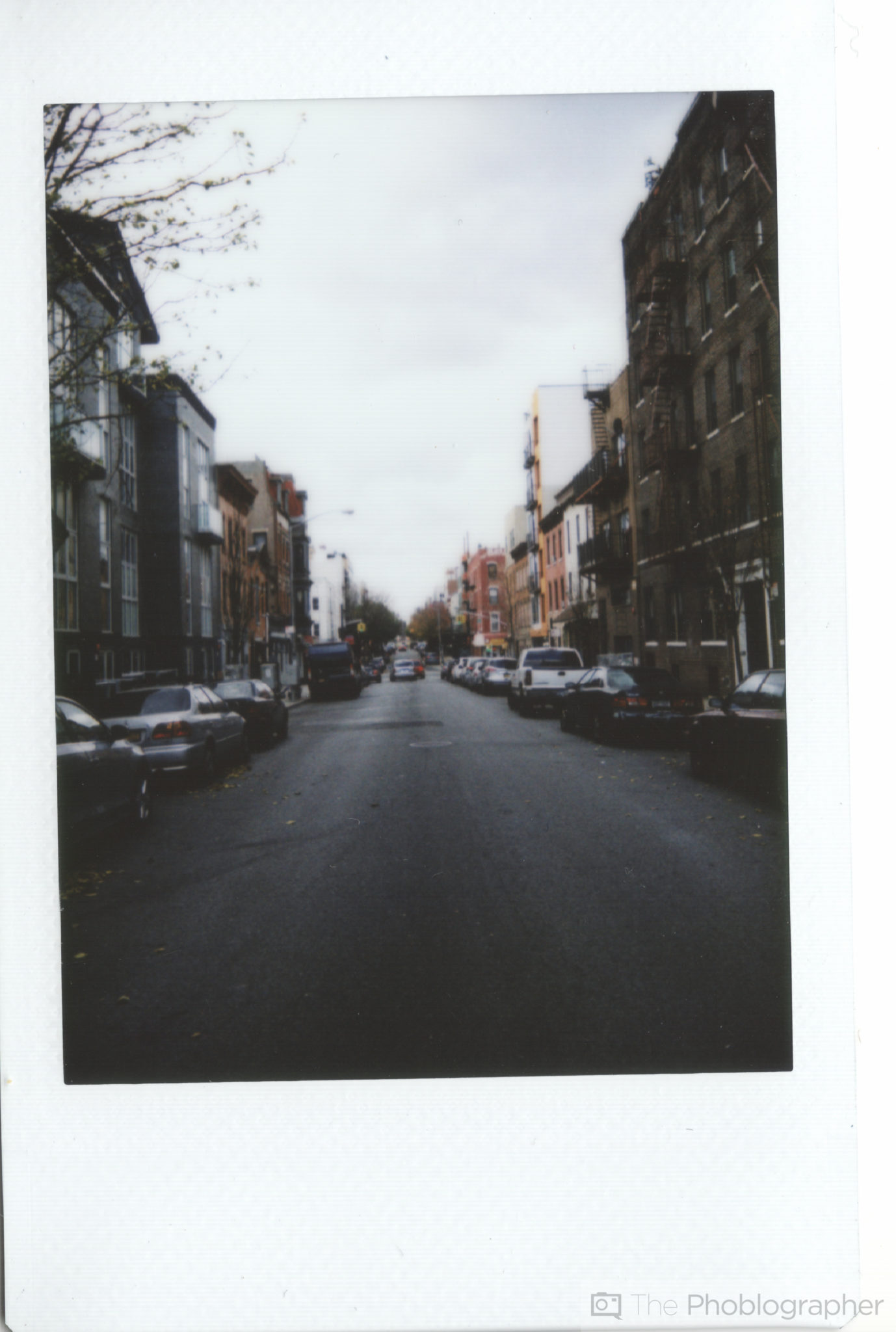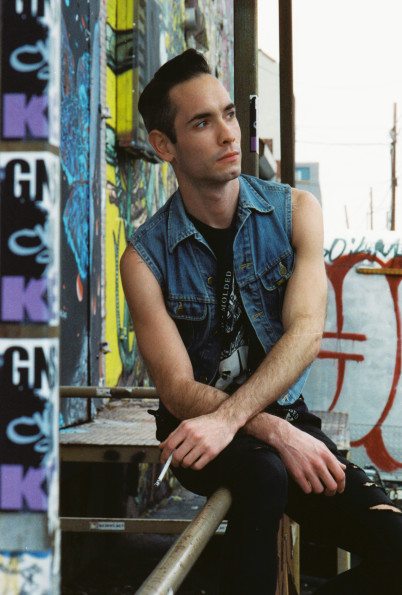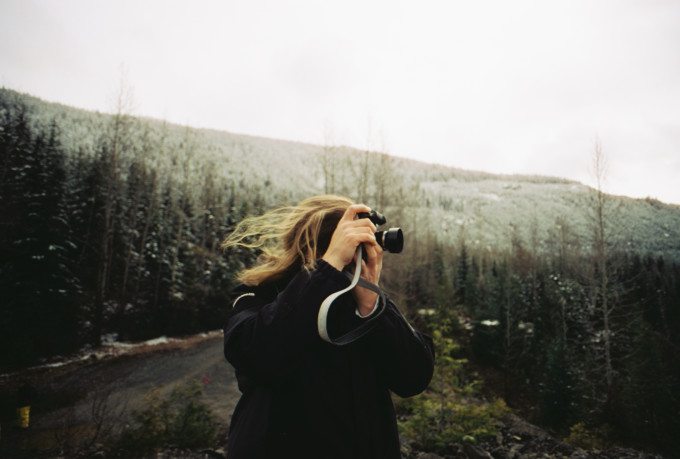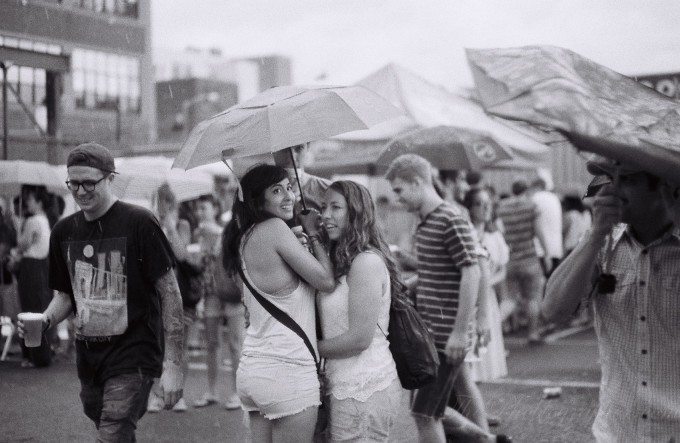Film photography not only has benefits as an education tool, but if you choose to shoot digital you’ll also see how it changes the way that you approach the image making process. This goes especially for working with different types of film. You learn about lighting, exposures, and many other things that eventually just go to make you a better digital photographer when it comes to the technical aspects.
Here are just a couple of ways that film has taught me to be a better photographer.
The One Light Trick Doesn’t Always Work so Perfectly
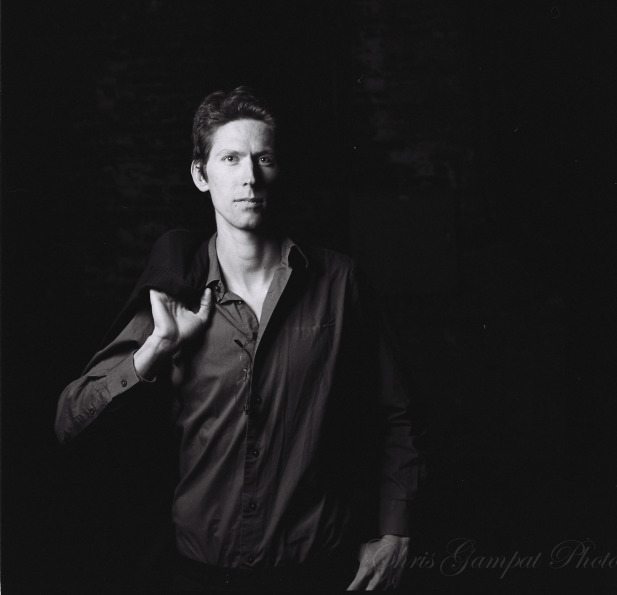
There is a notion in the photography world that all you need is one light, ambient lighting and that’s it. In digital that works to a point if you know what you’re doing–but in film that doesn’t really work. Not only do you need one light but you then sometimes need other tools based on your creative vision. You need different sized light modifiers, reflectors, etc to sometimes get a balanced image or even something close to what your creative vision is dictating.
What works in digital works well because of post-production; but if you fix those problems in the camera in the first place then you don’t have to worry about it in post-production.
Two Light Meters are Better Than One
This statement is something that I hold myself to with every single image I take that involves the use of a flash. But I’m not the only one that thinks so: there was an old Olympus SLR camera that would take the meter reading of the brightest point in the scene, the darkest point in the scene and then average both of them to give you the best and most balanced exposure.
That’s just ambient lighting though! When it comes to flash, it’s best to use a handheld light meter and judge the flash output. Of course, you’re then just exposing the scene for the flash reading and not the ambient lighting overall. Using two light meters (the handheld one and the one in your camera) lets you judge what the overall scene will look like before you sit there, shoot, reshoot and reshoot.
Variable ND Filters are Great for Cutting Ambient Lighting
If you’re dealing with older cameras, then the shutter speed probably tops out at 1/500th. If you want more ambient lighting cut you’ve got two options: stop the lens down (but you don’t want to do that sometimes) or use an ND filter to cut the light out. This also works wonders when trying to get the same effect as high speed sync with flash.
Not All Film or Sensors can be Treated the Same
Fact: Instant film doesn’t react the same way to a scene as Kodak Ektar or a Fujifilm Velvia. They all treat the scene in a different way and so do digital sensors. If you’re a landscape photographer, this is a big one.
Digital Makes you take a Photo for the Sake of Taking a Photo
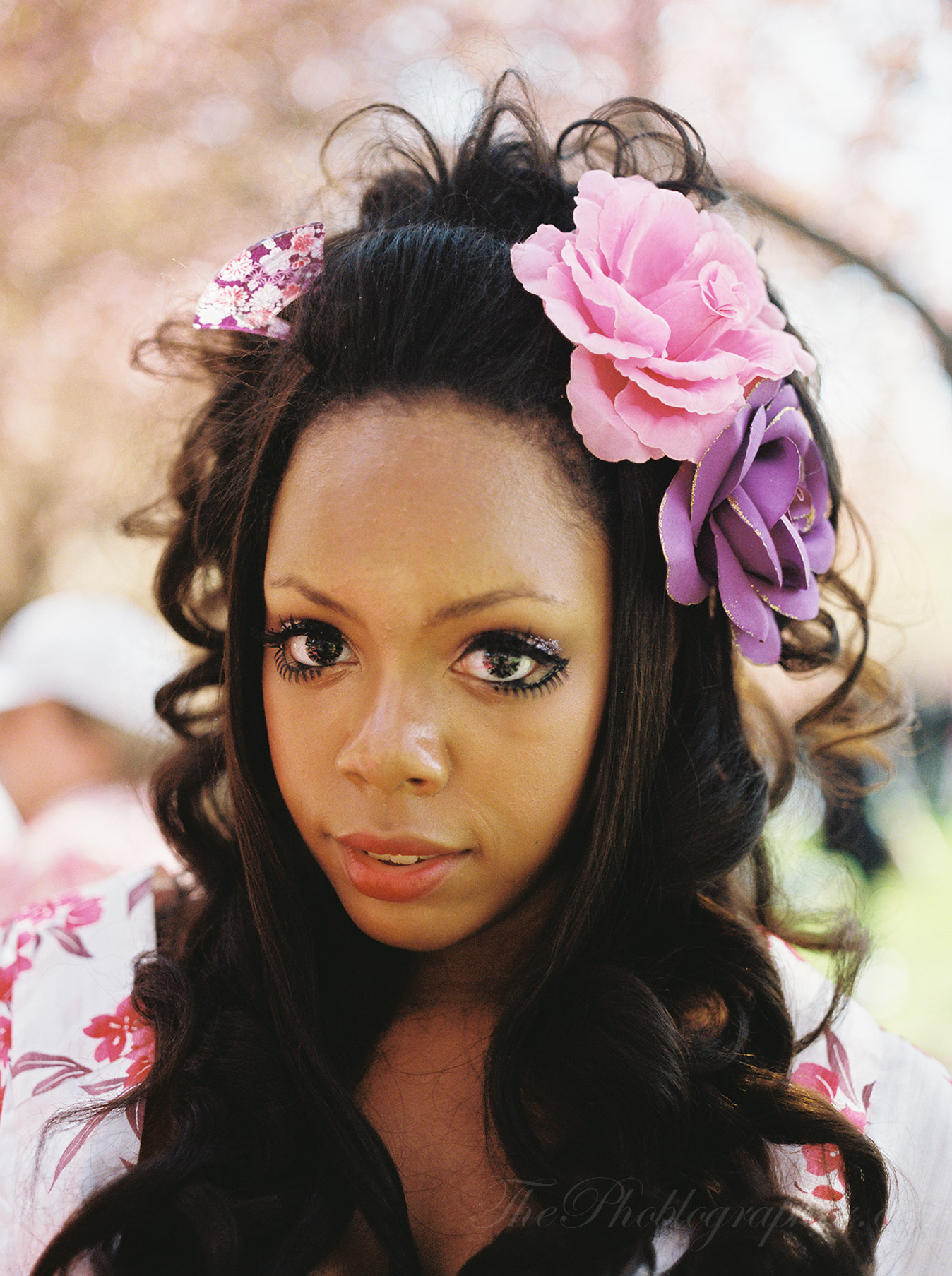
Here is the digital mentality: oh cool, I see a cool thing, let me take a photo of it and see how it comes out.
Here is the film mentality: I’ve got only 36 photos and I really, really should not waste these frames. Let me take a photo of that thing with my phone instead.
Indeed, digital photography promotes waste while film promotes careful thought. That’s not to say every image you take will be a waste though.
For these reasons, the film mentality makes you only take a photo if you really truly care to and care about its progression later on rather than just sitting on a hard drive. To that end, you’ll also do whatever you can to get that image absolutely perfectly right with meticulous care and devotion to your creation.


